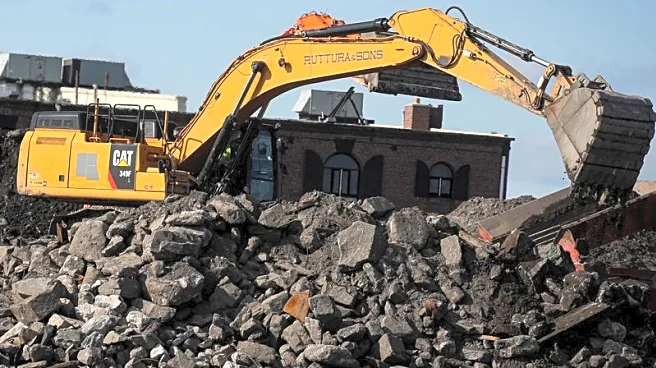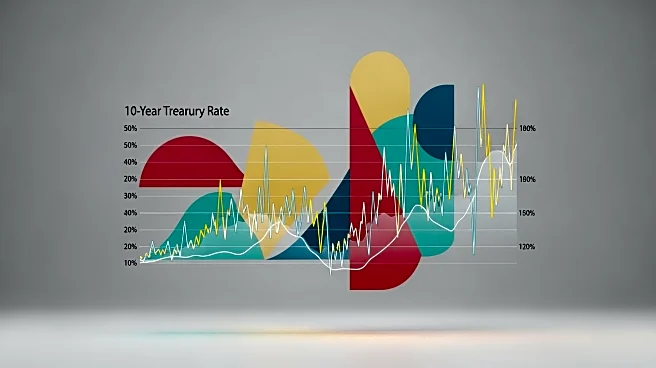What's Happening?
The U.S. job market is experiencing what is being termed the 'Great Freeze,' characterized by low hiring and low layoffs. Companies are holding onto their current workforce due to uncertainties such as
tariffs and economic conditions, despite a strong economy. This labor hoarding is a precautionary measure to avoid past staffing challenges experienced during the Great Resignation and labor shortages. The current environment is marked by a lack of job openings and hires, which is affecting professional advancement opportunities for workers.
Why It's Important?
The 'Great Freeze' in the job market has significant implications for both employers and employees. For companies, maintaining a stable workforce can be cost-effective, but it may also hinder innovation and growth if internal movement is restricted. For workers, the lack of hiring opportunities can limit career advancement and wage growth. This situation poses challenges for job seekers, as the number of unemployed individuals exceeds available job openings. The labor market's stagnation could have broader economic impacts if it persists, affecting consumer spending and overall economic growth.
What's Next?
As the year progresses, the job market may remain in a state of low activity unless there are significant changes in economic conditions or policy measures. Companies may continue to exercise caution in hiring until there is greater clarity on economic forecasts and potential growth opportunities. For workers, upskilling and adapting to current roles may be necessary to enhance career prospects in a slow-moving job market. The situation will require close monitoring by policymakers and economists to address potential long-term impacts on the labor force.












